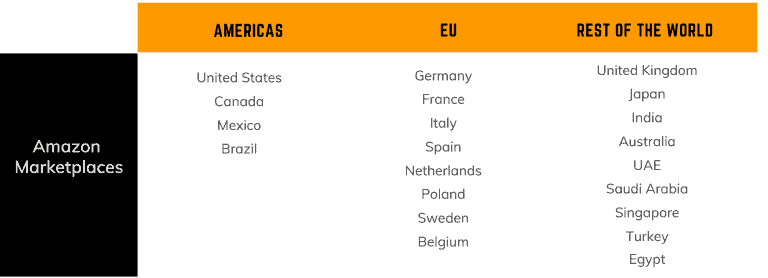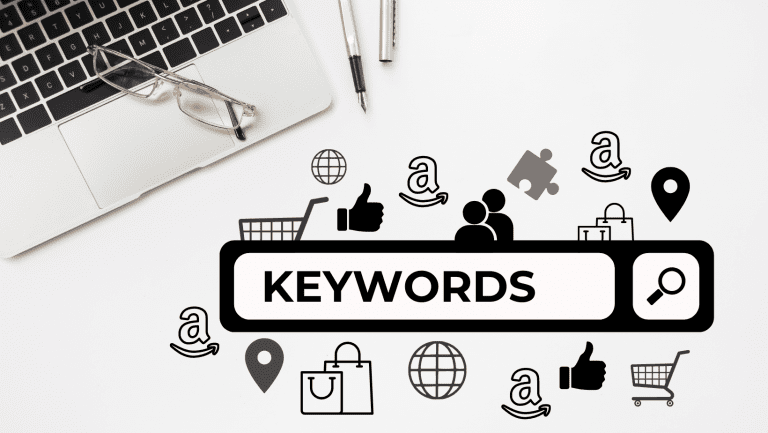
Maximize Your Amazon FBA Business Potential: 6 Key Areas to Focus on for Success in 2023
As the year comes to an end, as Amazon FBA sellers it’s important to review your brand strategy and make any necessary adjustments before the new year. Here are some key areas to focus on as you plan for the future of your brand, to maximize its potential:

 Let’s start by overviewing the PROS:
Let’s start by overviewing the PROS: Everything seems quite optimistic thus far, however as most things in life, the CONS sometimes overweight the PROS:
Everything seems quite optimistic thus far, however as most things in life, the CONS sometimes overweight the PROS:

